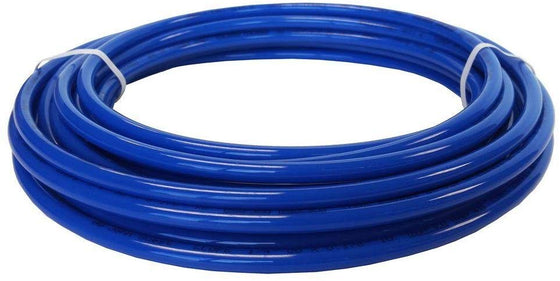Tubing
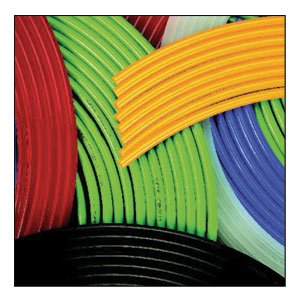
John Guest - LLDPE Polypropylene Tubing
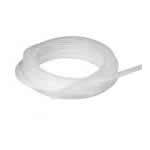
Stenner (AK4002W) Tubing White 20FT 1-4" OD
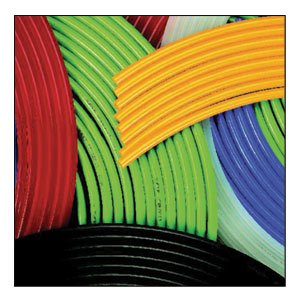
PureT (TU-2) PE Tubing 1-4" - 1000 Foot Roll
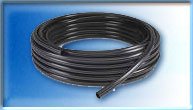
Brine Line Tubing (UP56-250BK) 5-16"OD - 250'
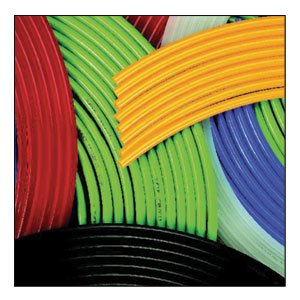
PureT (TU-3) PE Tubing 3-8" - 500 Foot Roll
The Crucial Role of Drain Line Tubing in Your Plumbing System
Any plumbing system must have drain line tubing because it transports wastewater from different fixtures and appliances to the main sewer line or septic system. We will go through the definition of drain line tubing, its advantages, and its uses in this blog.
The main sewage line or septic system receives wastewater from a variety of plumbing fixtures and appliances, such as sinks, toilets, and showers, using drain line tubing, which is also referred to as drain line pipe or drain line hose.
PVC, ABS, and polyethylene are just a few of the materials that are used to make drain line tubing. The application and the local plumbing code influence the material choice.
Durability: A plumbing system's drain line tubing is a strong and long-lasting part. It is made to endure extremes in pressure, temperature, and exposure to pollutants like chemicals.
Flexibility: Drain line tubing may be easily routed around obstacles and into confined spaces due to its flexibility. This facilitates installation and aids in lowering the requirement for extra fittings and connectors.
Drain line tubing is a dependable option for many plumbing applications because it is resistant to corrosion and rust. Also, it may be installed without the need for specialized equipment or methods, which lowers the entire installation cost.
Drain line tubing is a plumbing system component that requires little maintenance. It takes less upkeep and cleaning, which reduces the frequency of repairs and replacements.
